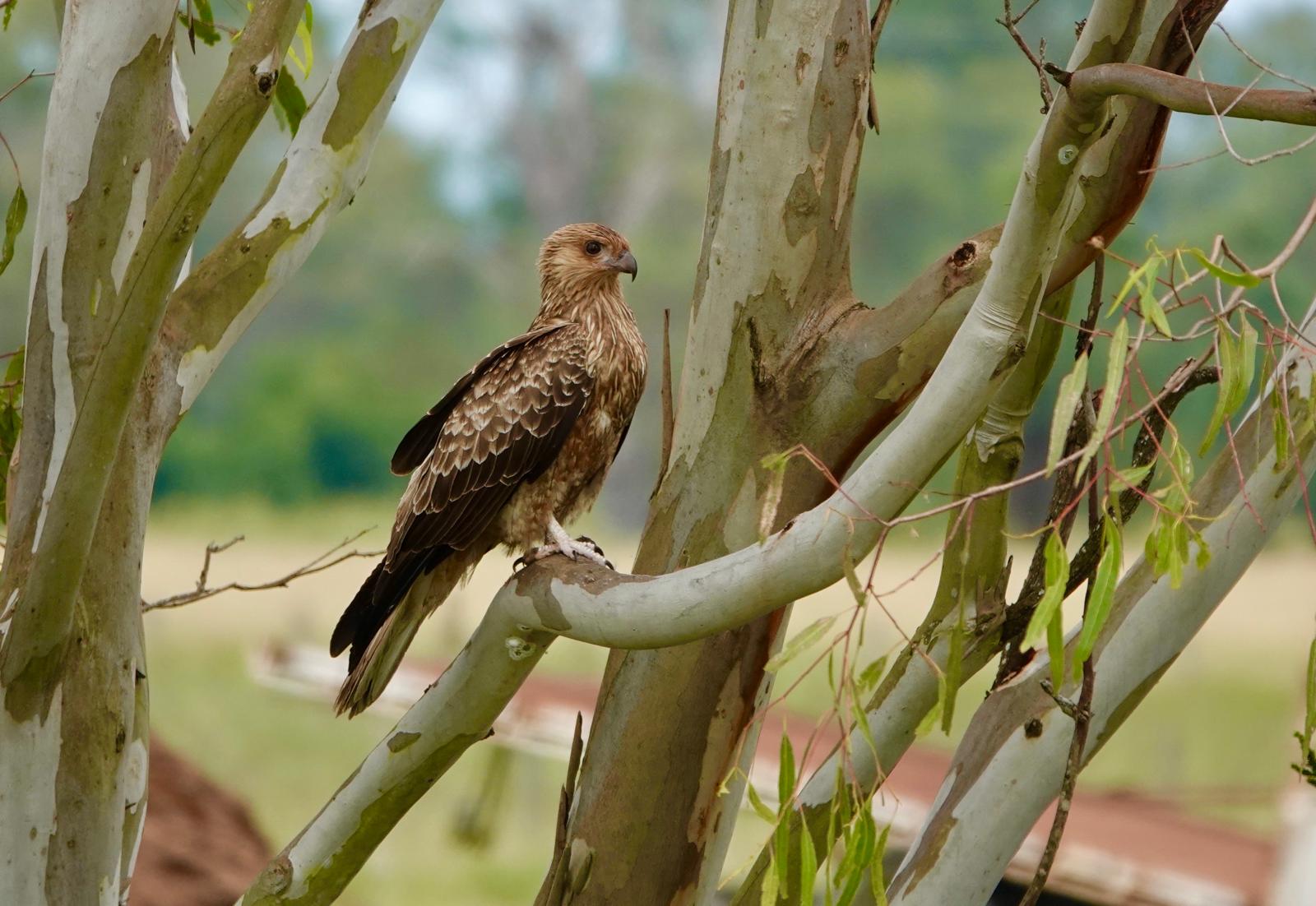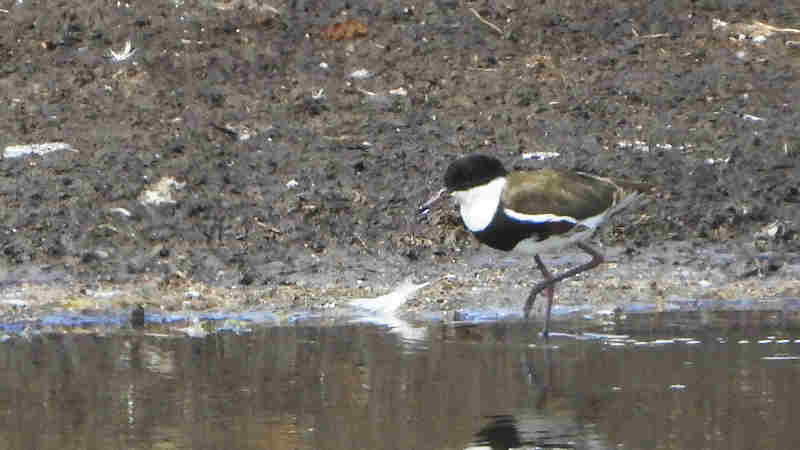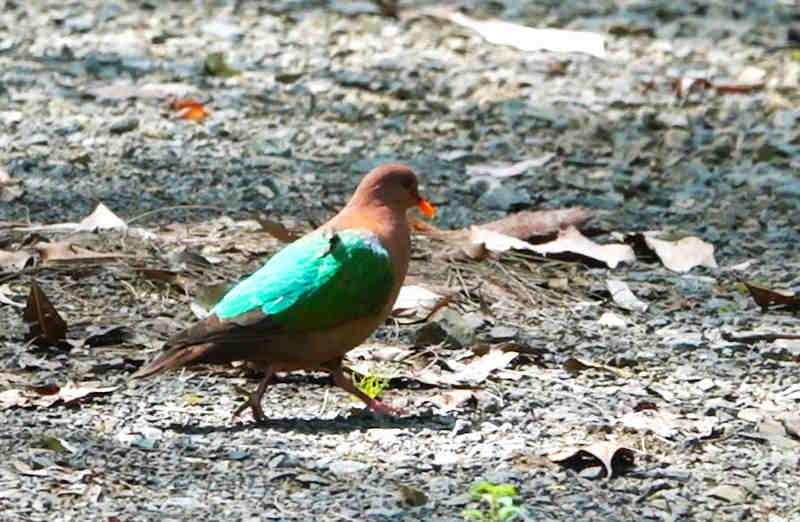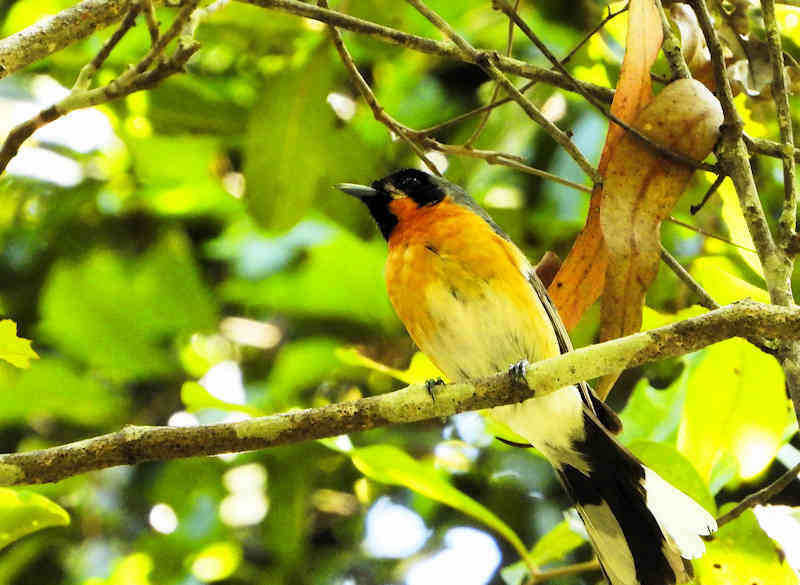Red-Backed Fairy-wren (Malurus melanocephalus)

In the heart of Australia’s diverse avian landscape, one small but captivating bird stands out – the Red-Backed Fairy-wren (Malurus melanocephalus). This vibrant and charismatic species is a testament to the marvels of nature, known for its striking appearance, intricate social dynamics, and enchanting behavior. In this article, we’ll delve into the fascinating world of Red-Backed Fairy-wrens and explore what makes them such remarkable creatures.
Appearance
Red-Backed Fairy-wrens are small, exquisite passerine birds, measuring approximately 13 to 15 centimeters in length. Their most distinguishing feature is, of course, the brilliant red patch on their lower back, which intensifies during the breeding season. Males display this vivid red plumage as part of their courtship display, hoping to attract a mate. Meanwhile, females and non-breeding males are less flashy, with brownish-gray plumage, showcasing nature’s subtle elegance.
Red-backed Fairy-wrens seen along Priors Pocket Road Moggill Queensland
Habitat and Range
These enchanting wrens call the arid and semi-arid regions of Australia home. They prefer habitats like spinifex grasslands, shrublands, and open woodlands, where dense vegetation provides ample cover and nesting sites. Despite the challenging conditions of their chosen environment, Red-Backed Fairy-wrens have adapted remarkably well to thrive in the harsh Australian outback.
Social Structure
Red-Backed Fairy-wrens are known for their complex social structure, similar to their close relatives, the Superb Fairy-wrens. They live in cooperative family groups, consisting of a breeding pair and their offspring from previous seasons. This cooperative breeding strategy involves older siblings helping to care for and protect the younger chicks, an arrangement that fosters strong social bonds within the group.
Red-backed Fairy-wren seen along Priors Pocket Road Moggill
Diet and Foraging Behavior
These tiny birds have an insectivorous diet, feasting primarily on small insects, spiders, and other invertebrates. They employ a distinctive foraging style, darting through low vegetation and ground cover to uncover hidden prey. Their keen eyesight and agility enable them to snatch insects from the air with remarkable precision, showcasing their adaptability and resourcefulness.
Communication and Vocalization
Red-Backed Fairy-wrens are not only visually striking but also boast a melodious and complex song. Their vocalizations, consisting of trills and high-pitched calls, play a vital role in maintaining social cohesion within the group and defending territories. Males sing to attract females and establish their presence during the breeding season, creating a symphony amidst the rugged Australian landscape.
Conservation Status
Currently, Red-Backed Fairy-wrens are not listed as endangered, but they do face threats, primarily from habitat alteration and degradation due to land development, agriculture, and climate change. As with many other wildlife species, conserving their natural habitats is crucial to ensuring their survival.
Conclusion
The Red-Backed Fairy-wren is a testament to the diversity and wonder of the Australian avian world. With its vibrant appearance, intricate social structure, and enchanting songs, this small bird adds a touch of brilliance to the arid landscapes it calls home. As we continue to appreciate and protect their habitats, we can help ensure that Red-Backed Fairy-wrens continue to thrive and inspire awe among those fortunate enough to witness their enigmatic charm in the wild.
We are affiliated with Amazon and make a small royalty at no extra cost to you, so by using the links below to purchase your next birding gear you can help us to maintain Simply Birding and continue to bring great content:

Canon, Sony and Nikon cameras: https://amzn.to/4gmtDWk

Lenses for bird photography: https://amzn.to/3WG3vyF

Tripods: https://amzn.to/3PVDNT0

Memory Cards: https://amzn.to/3PV4Y0z

Bird books: https://amzn.to/42NgsKS

Binoculars for bird watching: https://amzn.to/42G0nGZ

Spotting Scopes for bird watching: https://amzn.to/4hom5nq















